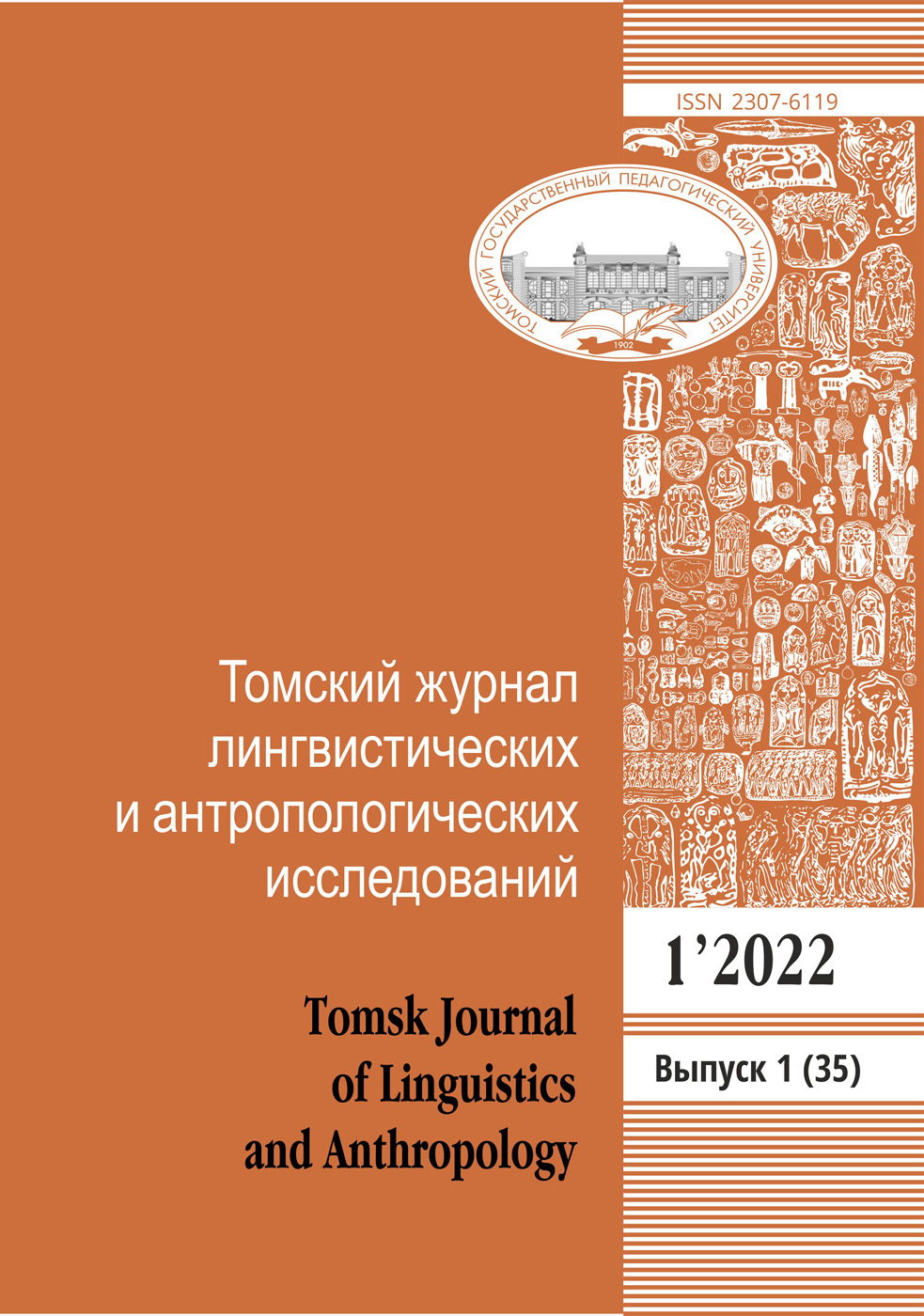Search
| # | Search | Downloads | ||||
|---|---|---|---|---|---|---|
| 1 | This article is about the Institute of optics and atmos-phere-the first academic office of town Tomsk. The foundation, science staff, experiment and science activity of TOA SP RAS, difficulties and achievements are shown. | 1261 | ||||
| 2 | The article covers the problems of cooperation of research institutes of the Siberian Department of Academy of Sciences of the USSR and higher educational institutions in Tomsk. The forms of cooperation of academic and higher educational institutions in 1960-1980 are discussed. The importance of the fact that the academic science in Tomsk appeared on the basis of research work carried out in higher educational establishments is emphasized. The author also describes contribution of leading Tomsk scientists to the cooperation of academic and higher educational institutions. Keywords: history of academic science in Tomsk, research institutes, higher educational institutions | 1183 | ||||
| 3 | The article describes the activity of an outstanding scientist, academician of the Russian Academy of Sciences, the founder of Tomsk academic science – V. E. Zuev. Author accents the questions, connected with preparatory work of foundation of the first academic institute and formation of the structure of Tomsk scientific center of Siberian department of the Russian Academy of Sciences. He also shows the significant role of the scientist in establishment of the network of research institutions in Tomsk city, gives the main data of life history of V. E. Zuev. Keywords: academician, V. E. Zuev, institute, science, research, scientific center, Tomsk State University, scientist, laboratory | 1267 | ||||
| 4 | The article shows mechanisms of introduction of results of scientific research in sectors of national economy of the country by institutions of Tomsk branch (scientific centre) of Siberian department of Academy of sciences of the USSR. The author identifies different forms of connection of scientific institutions with production, in particular, an economic agreement, and gives the concrete examples of development of the applied character and points out the data on its economic effect. Keywords: scientific research, economic agreement, of Siberian branch of Academy of sciences of the USSR, Tomsk branch, scientific centre, scientific–research institution, economic effect | 1129 | ||||
| 5 | There were considered backgrounds of the establishment of Tomsk branch (Scientific Center) of the Siberian Department of the Academy of Sciences of the USSR (Russian Academy of Sciences). The emphasis was put on the preparatory stage of organization of the academic science in Tomsk city. The authors investigated the history of formation of the hard core of the scientific center during period under review. There was made a conclusion on functioning of the network of Tomsk academic institutions as unified complex for carrying out scientific research. Keywords: Tomsk scientific center, academic institute, Academy of Sciences of the USSR, scientist, directororganizer, scientific research | 1217 | ||||
| 6 | The article presents the results of research and scientific-methodical work of the professional-pedagogical community of Tomsk State Pedagogical University in designing the modular educational programs for training bachelors of pedagogical education on the basis of Federal State Educational Standard of Higher Education 3++ through coordination of the FSES and professional standards. The authors suggest approaches to designing the structure of modular educational programs for training teachers at the University at the undergraduate level and determine the grounds for the allocation of their modules with the designation of the invariant and variable component. The didactic features of modular educational programs – from goal-setting to the final evaluation of their effectiveness are substantiated. The results of designing the list of professional competencies of bachelor graduates for the modular educational program 44.03.05 Pedagogical education (with two profiles of training) (bachelor level) and the description of the content and organizational characteristics of such a modular educational program are presented. The materials of the article can be used by the heads of the main educational programs and administrative and management teams of Russia’s pedagogical universities in the context of transferring students to BEP (basic educational program) mastering created in accordance with the requirements of FSES HE 3 ++ in conjunction with professional standards of pedagogical activity. The content of the article is based on the use of the method of theoretical analysis, expert method, focus group method, pedagogical design methods. Author’s scientific and methodological developments of TSPU specialists are a means of implementing innovative transformations of bachelor’s practices of training a teacher in a university. Keywords: pedagogical education, professional standard of the teacher, the main educational program for bachelor training, professional competences, professional educational module, demonstration exam | 1199 | ||||





